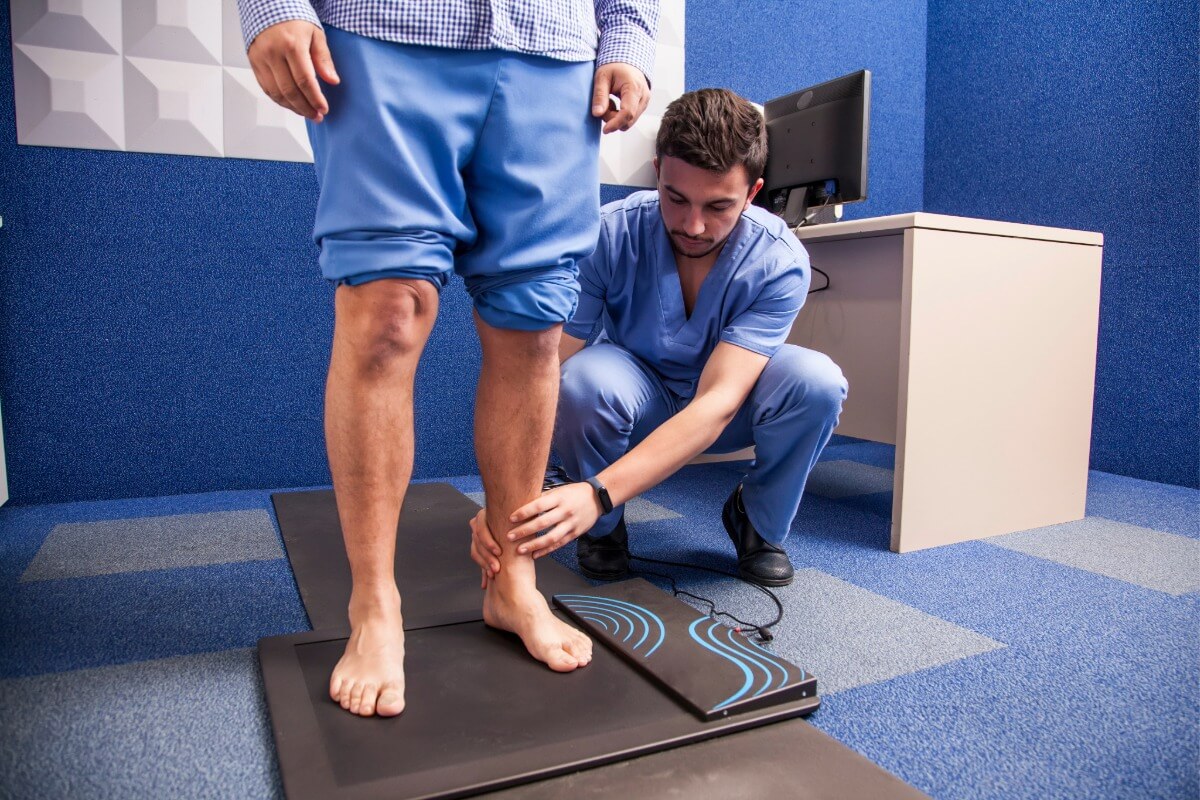Metatarsalgia: What Causes Pain on the Bottom of Feet and How to Treat It

Metatarsalgia is a condition where the ball of your foot becomes painful and inflamed. As the name implies, it primarily affects the metatarsals, the foot bones connecting the ankle to the toes. Metatarsalgia is commonly considered an overuse injury or condition. This is because it typically develops among individuals participating in sports or activities involving constant movement or impact. Other causes include structural deformities in the foot and poorly-fitted shoes. The ball of the foot is the area most affected by metatarsalgia because it is responsible for supporting our weight when we are standing, walking, and running.
Not all foot conditions require medical attention. Many of them can be treated at home and by lifestyle changes to your physical routines. Many people are on their feet for most of the day due to the nature of the jobs. Some people will experience foot pain after a long run or grueling workout. If your pain doesn’t respond to at-home treatments, activity modification, or lasts longer than a week, it’s best to talk to your doctor. You might need to undergo further testing to see if your foot pain is a symptom of an underlying condition.
What Is Metatarsalgia?
Many people researching their symptoms may find a lead under “What is metatarsalgia?” Simply, metatarsalgia is pain and inflammation in the foot. Severity can range from mild discomfort to intense pain that interferes with a person's ability to perform daily tasks. The symptoms of metatarsalgia include:
- Sharp, aching, or burning pain in the upper sole or ball of the foot.
- Pain worsens with activity such as standing, walking, or running and subsides with rest.
- Pain that intensifies when walking barefoot or on rigid surfaces.
- Shooting pain in the foot.
- Numbness or tingling in the toes.
- A feeling of stepping on a pebble when you walk.
Many factors contribute to the causes of metatarsalgia. Often, it’s a combination of things that bring on the condition or aggravate current symptoms. Below is a detailed list of the primary causes of metatarsalgia.
- Intense Physical Activity: Intense training or physical activity is a leading cause of metatarsalgia, especially in runners. The front of the foot acts as a shock absorber when running. Excessive pronation, or side-to-side foot movement when walking or running, can cause metatarsalgia.
- Genetics: The way a person’s foot is genetically structured can affect function. For example, a high arch, prominent metatarsal heads, a hyper-mobile first foot bone, a short first metatarsal bone, or a long second metatarsal bone can create imbalanced weight. This imbalance can put too much extra pressure on the foot bones.
- Foot Deformities: Misshapen feet and toes can cause metatarsalgia. For example, hammertoes and bunions may play a part in creating pain. Also, having inflammatory arthritis, such as rheumatoid arthritis or gout, can cause deformities in the feet, ankles, and toes.
- Being Overweight: Excess weight can cause metatarsalgia because it puts undue pressure on the toes when a person’s weight transfers to the forefoot when they move.
- Poorly-fitting Shoes: Wearing ill-fitting shoes that are either too tight or too loose can cause metatarsalgia. This includes certain styles of shoes that affect weight distribution and balance, like high heels, spikes, and cleats.
- Injury: Stress fractures or torn ligaments can affect how you bear weight on your foot.
Metatarsalgia Treatment
The pain of this foot condition can be alleviated with conservative metatarsalgia treatments. These include:
- Rest
- Ice the affected area
- Use a pressure bandage when necessary.
- Purchase metatarsalgia shoes or wear orthotics
- Nonsteroidal anti-inflammatory drugs, such as ibuprofen or naproxen, can be used to alleviate short-term pain.
If untreated, metatarsalgia may lead to pain in other parts of the body, such as the low back or hips, because of an altered gait. Get relief from metatarsalgia foot pain at Diablo Foot and Ankle. Their expert Podiatrists will have you up and running again in no time. Call or schedule an appointment online today.
Related articles
Request your podiatry consultation now
Fill out our contact form for a prompt call back. Diablo Foot & Ankle: Premier podiatry group in Walnut Creek & Antioch

.svg)

.svg)
.svg)





